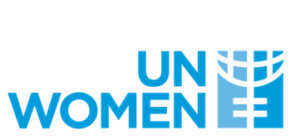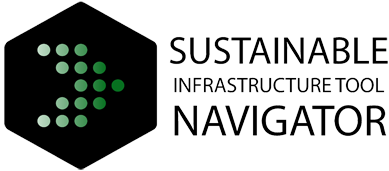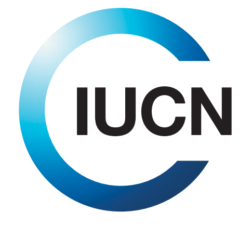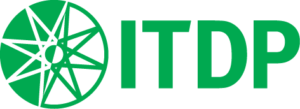
This guide introduces to the United Nations gender mainstreaming principles; why it is important to mainstream gender; the business case for gender mainstreaming; and an overview of the project life cycle. The document describes in detail each stage of the project life cycle and addresses key gender mainstreaming and social inclusion considerations. It is part of a practical series of how-to guides and checklists specific to the Asia-Pacific region.
Lifecycle Phase(s): Strategic PlanningPublic authorities identify the needs and long-term vision for infrastructure development., PrioritizationAuthorities decide which projects to realize and how to allocate resources., Project PlanningGeneral strategy for a project’s delivery is developed., Concept DesignTechnical experts broadly outline the project’s basic characteristics., ProcurementThe provision of goods and services to realize a project are tendered and closed., FinanceDevelopers decide how to pay for their project., Detailed DesignTechnical experts further elaborate the Concept Design., ConstructionThe asset is constructed in line with design, budget and timeline., Operation and MaintenanceInfrastructure assets are managed and maintained during their use time.
Type(s) of Tool: GuidelinesOperationalize sustainability principles, less specific than Benchmarks or Rating Systems.








